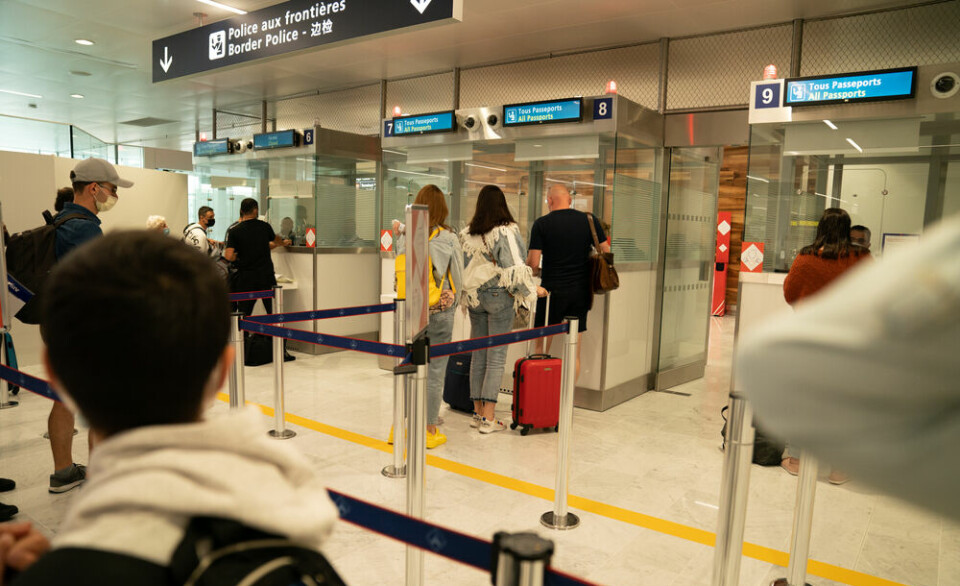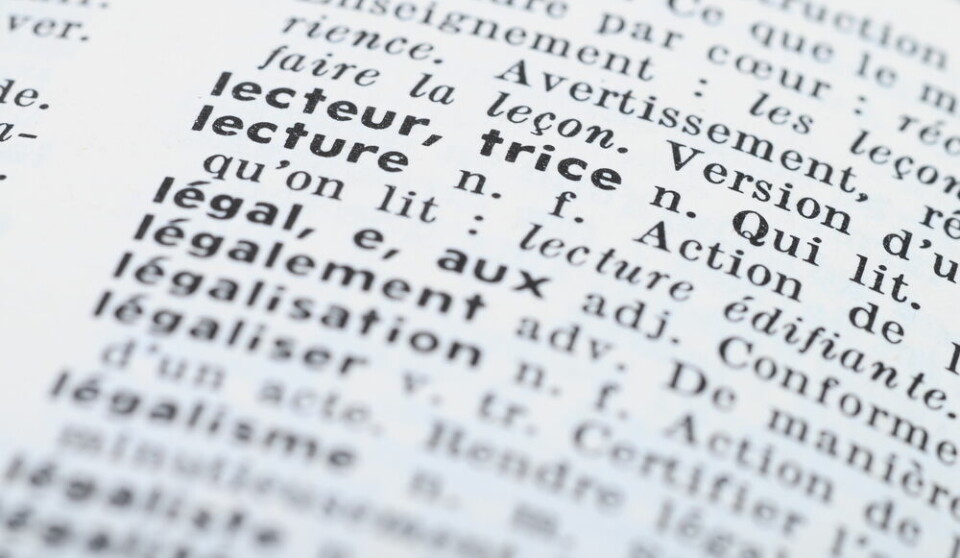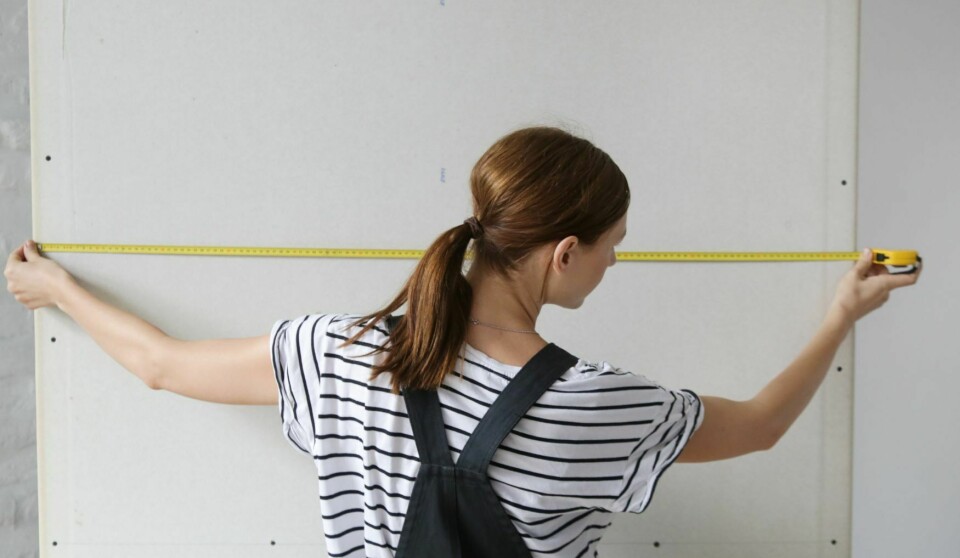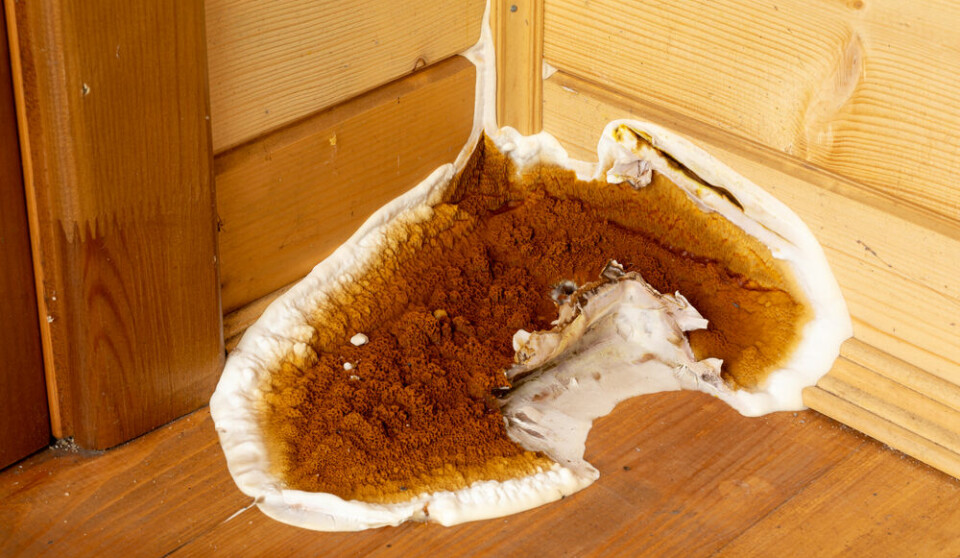A paper version of the Biens Immobiliers form - France’s new declaration requirement for all property owners - has been released.
Launched in 2023, the Biens Immobiliers declaration required everyone who owns property in France to confirm or alter details about it held by the French tax services.
You do not have to repeat this task annually as long as information about your property has not changed. It means that if you filled out the form in 2023 and have no updates to note – you do not need to do anything this year.
However, for people who failed to declare last year - reported to be just over 15% of owners – they must do so by June 30, 2024, this year.
Owners whose property status has changed – such as through a change of occupant or owner – also need to make a new declaration to show this. This includes if the status of a home has changed from a main residency to a second, or vice versa.
Read more: What changes require you to make new property declaration in France?
Non compliance risks, in theory, a fine of €150 per property. Those who did not complete the form last year were not fined, however the authorities say this may be levied this year.
Last year, the declaration had to be made online through your personal space on the French tax site.
This caused issues for some – particularly second home owners – who had trouble accessing the space.
Other property owners were confused by the pre-filled information about their properties. This is because the tax offices used information known to them in a way that differs to calculations used by estate agents, for example, for the number of rooms in a property.
Appointments were available with local tax services to help owners complete the declaration in-person, however the number of slots was limited.
There were reports last year of some authorities allowing owners to complete a paper declaration and return it for authorities to complete the procedure digitally, although this was not officially possible.
Paper form now available to download
To combat a repeat of these issues for the current year, the French tax authority (Direction générale des Finances publiques or DGFiP) has issued an official paper version of the form. You can download it from the French tax website here.
You can also request a paper version at your local tax office.
The paper form says that only people who do not have internet access should use it and asks declarants to attest to this at the end of the form.
However, French media outlets are not reporting this piece of information and it is thought probable that anyone can use the paper forms.
The two-page document asks for information about the property owner – and occupant, if the property is a long-term rental – as well as details about the actual building.
As a reminder, the tax authorities use a different measuring system to estate agents for the number of rooms in a home as well as for the surface area of the property, which caused confusion last year.
If possible, you should declare the total number of rooms – including kitchen, bathroom, hallway etc, but excluding very small ‘rooms’ such as entryways or toilets.
The m² of the property tax authorities look for is the total ‘habitable space’ of a building, excluding only door frames, windows, staircases and other very small spaces,
This is different to the measurements used by estate agents who instead refer to the ‘loi Carrez’ surface area of a property, which exclude more spaces, including those that have a floor-to-ceiling space of less than 1.8 metres.
It means estate agent listings (which people are more familiar with for their home) will often have a lower m² than the total ‘habitable space’ of a property used by tax authorities.
Read more: France property form: Why are the pre-filled details wrong?
You should complete the form to the best of your knowledge.
The DGFiP stated last year the information collected is not currently being used for taxe foncière (property tax) purposes, but for taxe d’habitation information. This latter tax is no longer levied on main residences or long-term rentals.
However, the way the information is used – and how it relates to the levying of other taxes – may change in the future, some analysts have said.
Where should I send the form?
Any completed paper forms should be sent to your local tax office for the address in question - if you have more than one property, you may need to send them to different authorities.
You can find the local tax authority for a property on the impots.gouv.fr website, in the ‘Contact et RDV’ section.
Click ‘particulier’ then ‘La gestion de vos impôts (déclarer, payer, contester)’, ‘Prendre rendez-vous (sur place, par téléphone ou en visio)’ and finally ‘Pour toute autre question sur vos impôts’.
If you fill in the address of the property you should be shown the local tax office.
Declarations must be filed - digitally or on paper - by midnight on June 30, 2024. It is advisable to send any paper forms a few days in advance to guarantee arrival.
You can also hand them in in person to your tax office.




























